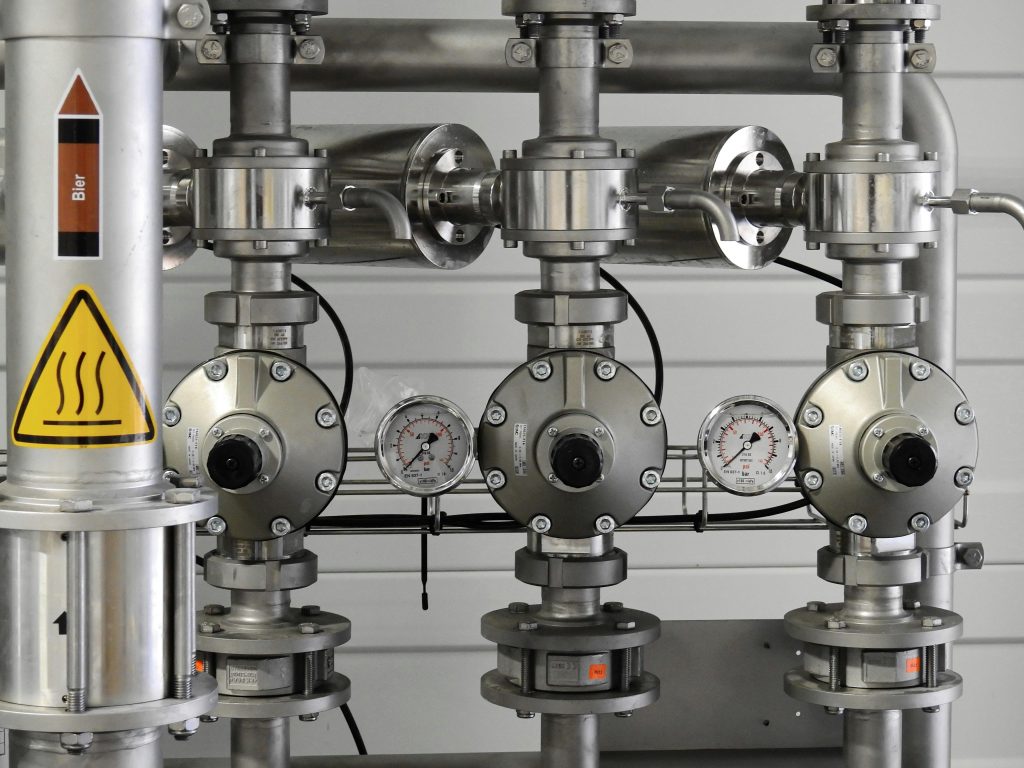- Robotics revolutionizes pipeline maintenance with efficient inspection and repair capabilities.
- Inspection robots equipped with AI enhance data accuracy and predictive maintenance.
- Robotic tools streamline maintenance tasks, reducing manual labor and operational costs.
- Environmental monitoring benefits from robotics, ensuring compliance and minimizing ecological risks.
- Robotics drive innovation towards autonomous maintenance systems and IoT integration for predictive maintenance.
In the realm of modern infrastructure management, the integration of robotics has revolutionized various industries, offering efficient solutions to complex challenges. One such sector benefiting from robotic advancements is pipeline maintenance. Pipelines, often stretching vast distances across diverse terrains, are crucial arteries of infrastructure for transporting oil, gas, water, and other fluids. Ensuring their smooth operation and integrity is paramount for safety, environmental protection, and economic stability. Here, we delve into the pivotal role of robotics in pipeline maintenance, exploring its applications, benefits, and future prospects.
1. Enhancing Inspection Capabilities
Robotic Inspection Devices:
Traditional pipeline inspection methods involve manual labor or the use of stationary sensors, which can be time-consuming and limited in scope. However, robotics introduces a new era of efficiency and precision in inspection tasks. Remote-controlled robots equipped with advanced sensors, cameras, and even artificial intelligence algorithms can navigate through pipelines, detecting anomalies, corrosion, leaks, and structural weaknesses with unparalleled accuracy. These robots can access remote or hazardous areas, reducing human risk and enhancing the reliability of inspection data.
Integration of AI:

Artificial intelligence (AI) plays a crucial role in analyzing the vast amounts of data collected during inspections. AI algorithms can identify patterns, predict potential failures, and prioritize maintenance activities, enabling proactive interventions to prevent costly downtime and environmental incidents.
2. Streamlining Maintenance Operations
Robotic Intervention Tools:
When maintenance or repair activities are necessary, robots equipped with specialized tools can perform various tasks with precision and efficiency. Whether it’s cleaning pipelines, applying coatings, or conducting minor repairs, robotic intervention minimizes the need for manual labor and costly equipment mobilization. These robots can work autonomously or under remote supervision, reducing downtime and operational costs. In particular, the utilization of reliable pigging equipment is essential for efficient pipeline cleaning and maintenance, ensuring the smooth flow of fluids and minimizing the risk of blockages or contamination.
Collaborative Robotics:
In some cases, collaborative robots, or cobots, work alongside human operators to enhance productivity and safety. These robots are designed to interact safely with humans, assisting in tasks that require dexterity or strength beyond human capabilities. By leveraging the strengths of both humans and robots, pipeline maintenance operations can achieve higher levels of efficiency and effectiveness.
3. Facilitating Environmental Monitoring
Sensor Networks:
Environmental monitoring is essential for detecting and mitigating potential impacts of pipeline operations on surrounding ecosystems. Robotics enables the deployment of sensor networks along pipelines, continuously monitoring parameters such as water quality, soil composition, and wildlife activity. This real-time data allows operators to identify and respond promptly to any environmental concerns, ensuring compliance with regulations and minimizing ecological risks.
Aerial and Submersible Drones:
Drones equipped with specialized sensors are valuable tools for environmental monitoring, especially in challenging terrain or offshore locations. Aerial drones can survey large areas quickly, while submersible drones provide insights into underwater ecosystems near submerged pipelines. These robotic platforms enable comprehensive environmental assessments, supporting sustainable pipeline management practices.
4. Improving Safety Standards
Remote Operation Centers:
Robotics enables the establishment of remote operation centers where trained personnel can monitor and control robotic activities in real time. This centralized approach enhances safety by reducing the need for field personnel to enter hazardous environments. Operators can intervene immediately in case of emergencies or unexpected situations, ensuring swift response times and minimizing risks to human health and safety.
Training and Simulation:

With the rise of robotics in pipeline maintenance, training programs have adapted to incorporate hands-on experience with robotic systems. Simulation software allows operators to familiarize themselves with different scenarios and practice emergency procedures in a controlled environment. By improving operator skills and readiness, training initiatives contribute to maintaining high safety standards in pipeline operations.
5. Driving Innovation and Future Trends
Autonomous Maintenance Systems:
The future of pipeline maintenance lies in autonomous systems capable of self-monitoring, diagnosis, and repair. Advancements in robotics, AI, and materials science are converging to develop intelligent pipelines equipped with self-healing capabilities and adaptive functionalities. These systems will revolutionize maintenance practices, reducing reliance on human intervention and maximizing operational efficiency.
Integration with IoT and Big Data:
Robotics in pipeline maintenance is part of a broader trend towards the integration of Internet of Things (IoT) devices and big data analytics. By connecting robotic platforms to networked sensors and data analytics platforms, operators gain unprecedented insights into pipeline performance and health. Predictive maintenance strategies driven by real-time data analysis enable proactive decision-making, minimizing downtime, and optimizing asset management.
Robotics plays a pivotal role in modernizing pipeline maintenance practices, offering innovative solutions to challenges related to inspection, maintenance, environmental monitoring, safety, and future trends. By leveraging robotics technologies, pipeline operators can enhance operational efficiency, minimize risks, and ensure the integrity and reliability of critical infrastructure. As robotics continue to evolve, the future of pipeline maintenance promises even greater advancements, paving the way for sustainable and resilient infrastructure systems.
